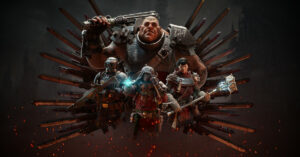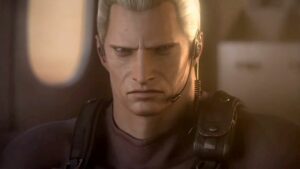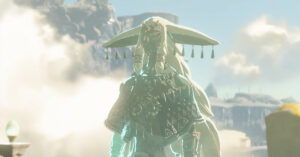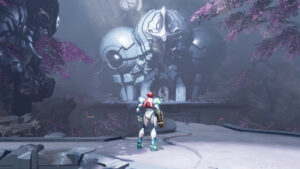Ant-Man and the Wasp: Quantumania sets up the rest of the Marvel Cinematic Universe’s Phase 5 and 6 stories, largely by introducing the deeply weird multiverse villain Kang and his infinite counterparts as a threat to everyone in the MCU. That leaves a lot of questions open by the end of the film, as Marvel teases bits of the story to come. But Quantumania’s frantic pace and choppy editing left us with other questions, thanks to gaps in the story that didn’t seem entirely deliberate. The Polygon crew who saw the movie put our heads together after the film to talk about things we’d wondered during or after the movie, from the slight and silly to the serious and confusing. Here’s what we’re wondering at this point.
[Ed. note: Significant spoilers ahead for Ant-Man and the Wasp: Quantumania as well as Loki season 1.]
Why was Kang the Conqueror exiled?
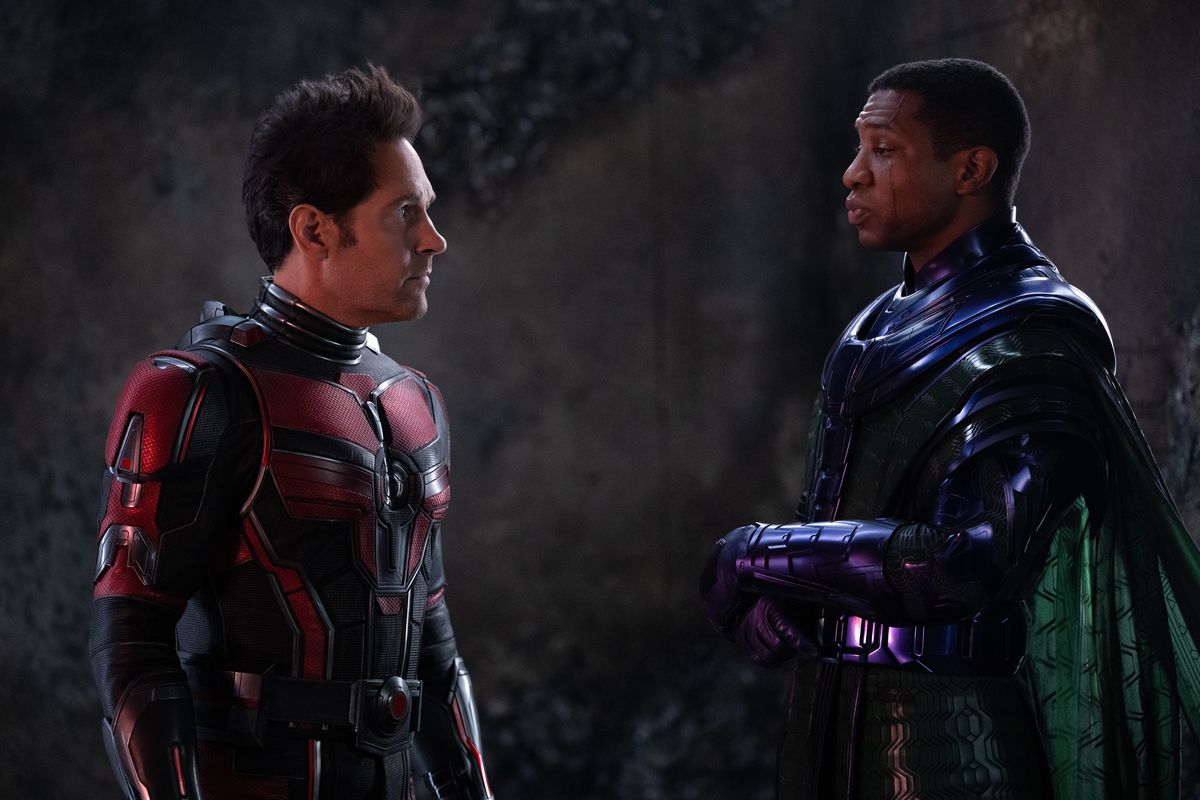
This one actually seems important to the movie’s story. There is an infinite number of Kangs, but the one booted down into the Quantum Realm by the Council of Kangs apparently did something so unconscionable that the rest of them couldn’t handle it, and Quantumania barely glances off that idea. It’s implied that he wanted to handle an upcoming crisis — almost certainly the threat of Incursions (see below) — differently than they did. And he suggests that if the heroes kill him, “everyone will die” as a result. But the allusions to his crime are deliberately vague and superficial.
What does the Council of Kangs want?
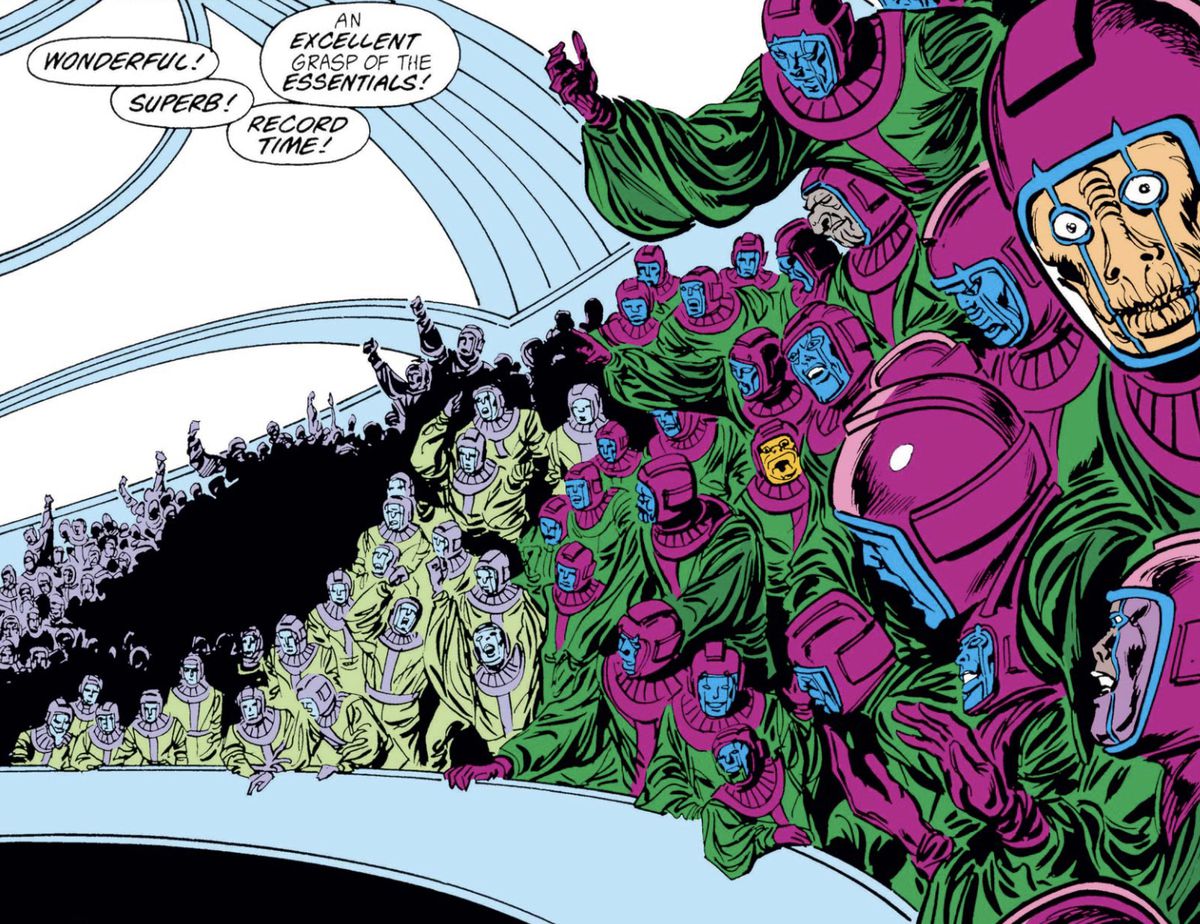
We’ll learn more about this in subsequent movies, but for the moment, what we have is what Loki learned in season 1 of Loki from He Who Remains, the version of Kang who was supposedly freezing the entire timeline into a single arc before a variant version of Loki kills him. “Someone is coming,” Loki tells Time Variance Authority boss Mobius (Owen Wilson) immediately after that Kang dies. “Countless different versions of a very dangerous person. And they’re all set on war. We need to prepare.”
What exactly does “set on war” mean? According to He Who Remains, many of the infinite variants of himself are combative, with “each variant fighting to preserve their universe and annihilate the others.” We’re likely to see some of that in the MCU’s future, but the Council of Kangs seems to be a different thing altogether. It suggests that at least some of the variants — possibly united under Immortus, the tall, bearded, very old Kang seen in the movie’s first post-credits scene — want to work together instead, to respond to a series of Incursions into the timeline. But what does that mean?
What’s causing the Incursions?
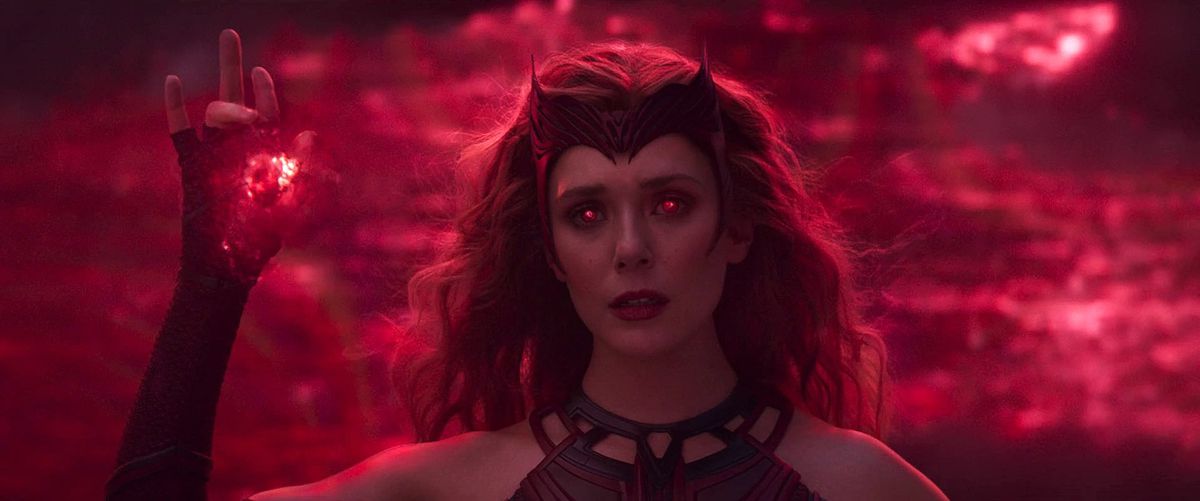
As we learned in Doctor Strange in the Multiverse of Madness, Incursions happen when two universes threaten to collide. As alternate-universe Reed Richards (John Krasinski) explains it, “An Incursion occurs when the boundary between two universes erodes, and they collide. Destroying one, or both, entirely.”
One of the things that makes those boundaries erode? According to Reed, sloppy, arrogant dipshits like Stephen Strange crossing the borders between universes is a major cause. It’s possible that the Incursions the Kangs are responding to in Ant-Man 3’s post-credits scene are caused by something we haven’t seen yet, coming up in a future MCU story. But it’s also possible that they’re responding to previous, recent MCU events — like Doctor Strange and America Chavez skipping willy-nilly between timelines and multiverses in Multiverse of Madness, chasing and/or fleeing Wanda Maximoff after her break with morality and sanity in WandaVision.
Does Kang the Conqueror have any powers?

What really are Kang the Conqueror’s superpowers? In his initial arrival to the Quantum Realm, seen when Janet Van Dyne (Michelle Pfeiffer) flashes back to her 30 years there, he just looks like an ordinary man who’s lost, sweaty, hurting, and confused. But by the time Scott Lang (Paul Rudd) and the Ant-Man family hit the microverse, Kang has telekinesis, hand-lasers, force fields, and a variety of other abilities.
If the MCU is following the Marvel Comics it’s adapting, Kang doesn’t have powers, apart from the super-genius brain that lets him gear himself up in a variety of ways in a variety of multiverses. All the things we see him do in Quantumania would be technological, and probably tied to that fancy suit he’s wearing, with the face shield that makes his eyes glow blue. The movie does seem to carry that out — in Quantumania, Janet Van Dyne even says that briefly powering up his damaged ship with the energy core they repaired together let him get his suit back, which made him much more powerful. It seems safe to assume so far that this Kang doesn’t have inherent superpowers — but that the MCU can pretty much give Kang any powers that fit a story, and attribute them to far-future super-tech.
How many damn layers are there to the Quantum Realm, anyway?
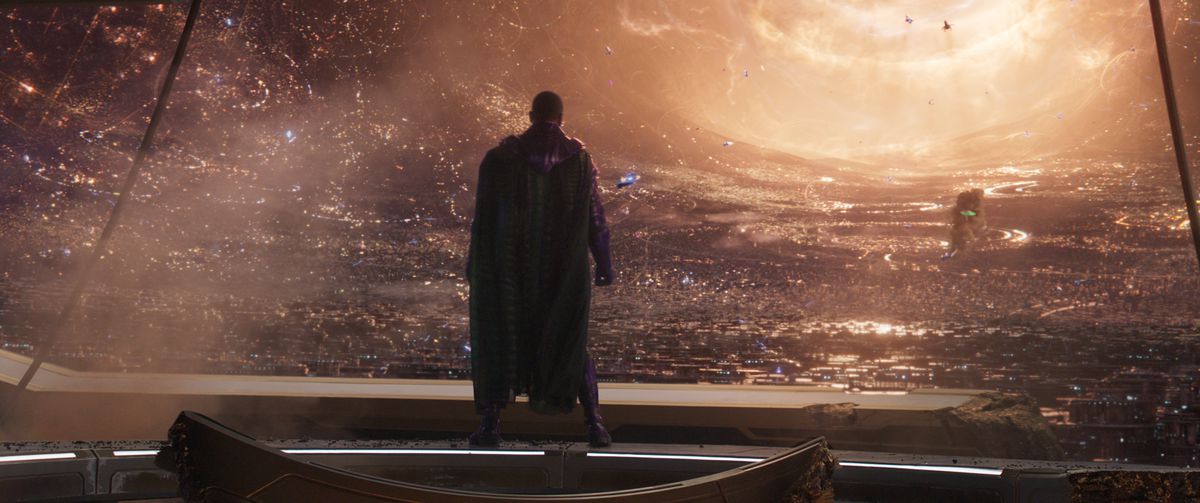
It’s mildly ridiculous that the Quantum Realm is radically different in every Ant-Man movie, whether it’s an endless, inescapable Void (in Ant-Man), a sort of shifting, unstable energy source (in Ant-Man and the Wasp), or a Strange World-style fantasy universe with heavy Star Wars overtones (in Quantumania). Janet Van Dyne shrugs this off in a single, casual line about how the Quantum Realm has a lot of layers — this latest version is just what you get when you go past the Void and the energy field and all that — but it sure raises the question of how many more versions of the Quantum Realm we’re going to get before it’s all over. It’s kind of Schrödinger’s Plot Device — it can be whatever it needs to be for whatever story a given movie is telling.
Does Bill Murray die in Ant-Man 3?
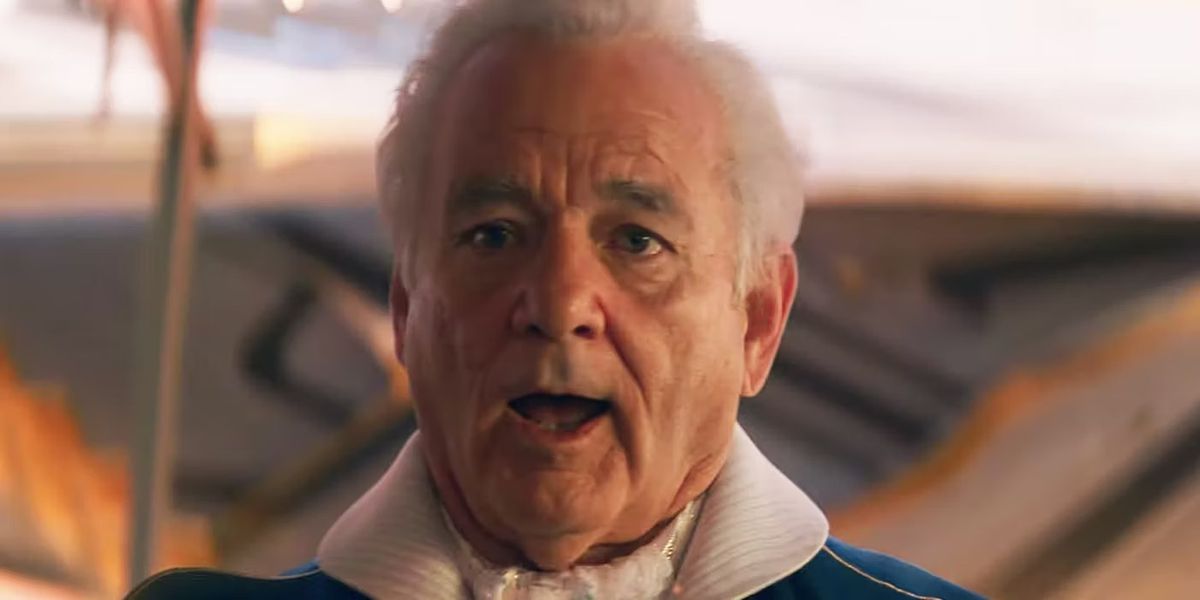
It seems like a waste of a perfectly good Bill Murray to introduce him in the MCU (as Janet’s old Quantum Realm flame Lord Krylar) and then immediately kill him off, but it sure seems like the movie did exactly that, by feeding him to a supersized, clearly pissed-off version of a creature that the locals consume in their cocktails. But the movie clearly doesn’t address whether he actually escapes or not. This one may just depend on how many more MCU cameos Murray feels like doing. Krylar is a fun character, but he may not have much purpose outside of his native Quantum Realm. On the other hand, we’re in a multiverse situation with a billion trillion Kangs running around, so it’s always possible we’ll see an alt version of him someday, even if the original got munched.
Did Hank Pym just leave a massive ant army to take over the Quantum Realm?

It really seems like there would be ethical issues with just dropping an entire “class 2 civilization” of immense, high-tech ants into an existing populated world. The ants have a vast army with warriors that dwarf the local humanoid population, and all kinds of killer laser technology. As we see in the film, they’re capable of overrunning and smashing entire cities. Aren’t they going to make things a lot more uncomfortable for the Quantum Realm natives? Even if they do currently have a peaceful, socialist society, at least for whatever “socialism” means to Hank?
Where are Luis and the rest of Scott’s crew?
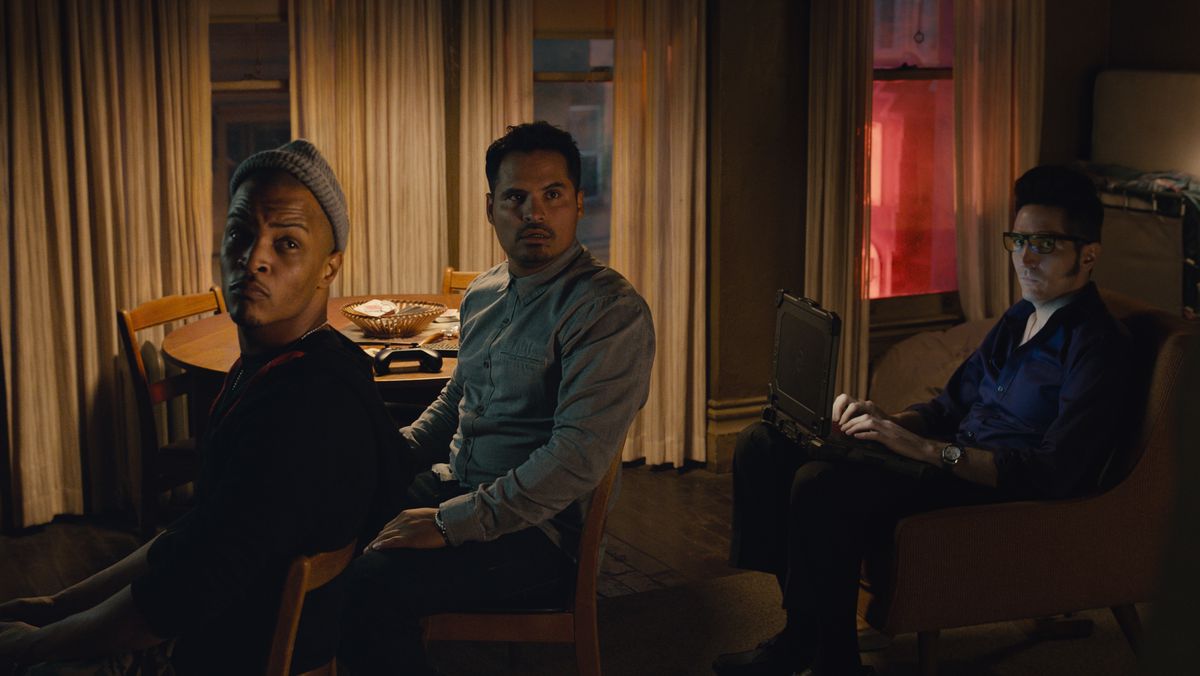
OK, Quantumania spends most of its run time in the Quantum Realm, so there isn’t a whole lot of time to check in with Scott’s old buddy Luis (Michael Peña) and his homeboys Dave (Tip “T.I.” Harris) and Kurt (David Dastmalchian). But the movie is bookended with scenes of Scott’s super-happy, fulfilling, got-everything-he-wants-and-feeling-good-about-it life on Earth. And he can’t make time to drop in on his old friends, or even mention them and what they’re up to? Is he too good for them, now that he’s a big-time memoir author and occasional world-saver?
And here are a couple of bonus questions:
Is the Kang from Loki the Kang from Ant-Man 3?
This one isn’t a question we had, because we pretty much all have to watch every Marvel thing to keep up on the story for work purposes. But judging from Google, a lot of people are confused about this, so we figured we’d bring it up. No, he isn’t. The Kang in Loki (played, like all Kangs so far, by Jonathan Majors) was He Who Remains, a variant of Kang who ruled over all the timelines to make sure all the other Kangs wouldn’t come into existence and start a giant war. When Loki’s variant from another timeline, Sylvie, killed He Who Remains, the multiverse splintered again, and all those other Kangs we see in Quantumania had suddenly been there all along, throughout history. That’s time-travel for you!
Does Kang die in Ant-Man 3?
This is another one people have been asking Google. Yes, Kang dies in Ant-Man 3. Definitively. Director Peyton Reed confirmed it to Polygon in an interview. That Kang, Kang the Conqueror, the one who fought Ant-Man and the Wasp in the Quantum Realm, is officially dead. The other Kangs confirm it too, in the post-credits scene. No, there isn’t a body, because he got sucked into a special effect. And no, Scott/Ant-Man isn’t really clear on what happened to him, whether he’s dead, and what it means. But for our purposes as the audience, that one Kang and the original Loki Kang are both completely and utterly dead.
But then, one of the things that fundamentally defines Kang as a character is his ability to time-travel and change reality, so in true comic book style, no ending can ever be considered final, no character can ever really be considered dead, and all death pools are invalid forever. Welcome to the multiverse, folks.
- SEO Powered Content & PR Distribution. Get Amplified Today.
- Platoblockchain. Web3 Metaverse Intelligence. Knowledge Amplified. Access Here.
- Source: https://www.polygon.com/23604573/ant-man-and-the-wasp-quantumania-questions-who-dies
- 1
- a
- abilities
- ability
- About
- According
- actually
- address
- After
- ahead
- All
- always
- and
- Another
- answers
- ant
- apart
- Arc
- Arena
- Army
- around
- arrival
- audience
- author
- authority
- back
- because
- before
- below
- between
- Big
- Bill
- BILL MURRAY
- Billion
- Blue
- body
- Bonus
- book
- BOSS
- boundaries
- Brain
- Break
- briefly
- bring
- camera
- capable
- carry
- casual
- Cause
- caused
- causing
- certainly
- CGI
- change
- character
- check
- Cities
- City
- clear
- clearly
- cocktails
- Collide
- come
- coming
- completely
- Confirm
- confused
- confusing
- considered
- consume
- Core
- Council
- Couple
- creature
- Crime
- crisis
- Crown
- Currently
- Dangerous
- Dave
- David
- dead
- Death
- Defines
- device
- DID
- Die
- different
- Director
- Doctor
- Doesn’t
- doing
- down
- Drop
- Dropping
- during
- earth
- effect
- Endless
- energy
- Entire
- entirely
- Ether (ETH)
- ethical
- Even
- events
- EVER
- Every
- everyone
- exactly
- excellent
- existing
- Explains
- Eyes
- Face
- family
- FANTASY
- feeding
- field
- Fields
- fighting
- figured
- filled
- Film
- final
- First
- fit
- following
- Force
- forever
- Freezing
- friends
- from
- fun
- fundamentally
- future
- Gear
- get
- giant
- Give
- given
- Go
- going
- good
- grasp
- hand
- handle
- happen
- happened
- heads
- here
- Heroes
- history
- Hit
- How
- HTTPS
- Humanoid
- idea
- immediately
- immense
- implied
- important
- in
- inherent
- initial
- instead
- introduce
- introducing
- issues
- IT
- John
- Keep
- Key
- Kill
- Kills
- Kind
- LANG
- largely
- laser
- latest
- layers
- LEARN
- learned
- Leave
- Lets
- Life
- likely
- Line
- local
- Loki
- looking
- LOOKS
- Lot
- made
- major
- Majors
- make
- MAKES
- man
- many
- marvel
- massive
- MCU
- means
- Michael
- moment
- morality
- more
- most
- mouth
- movie
- Movies
- Multiverse
- Murray
- native
- Need
- needs
- number
- occasional
- Officially
- Old
- ONE
- open
- ordinary
- original
- Other
- Others
- outside
- Pace
- past
- Paul
- People
- person
- plato
- Plato Data Intelligence
- PlatoData
- played
- Point
- Polygon
- Pools
- populated
- population
- possible
- powerful
- Powering
- powers
- Prepare
- pretty
- previous
- probably
- purpose
- purposes
- put
- Quantum
- question
- Questions
- radically
- raises
- realm
- recent
- Red
- remains
- Respond
- responding
- REST
- result
- Room
- Run
- running
- safe
- says
- scene
- scenes
- Season
- Season 1
- seems
- Series
- serious
- set
- Sets
- Shield
- SHIFTING
- single
- situation
- So
- so Far
- Society
- some
- someday
- something
- Source
- special
- SPELL
- stands
- Star
- Star Wars
- start
- Stephen
- Story
- style
- subsequent
- Suggests
- Suit
- Take
- Talk
- talking
- technological
- Technology
- tells
- The
- their
- thing
- things
- threat
- threaten
- Through
- throughout
- Tied
- time
- timeline
- tip
- to
- together
- too
- Trillion
- true
- under
- United
- Universe
- upcoming
- us
- Variant
- variety
- Vast
- version
- wanted
- war
- Warriors
- Waste
- Watch
- ways
- webp
- welcome
- What
- whether
- which
- while
- WHO
- will
- Wilson
- wondering
- Work
- work together
- world
- would
- years
- zephyrnet

